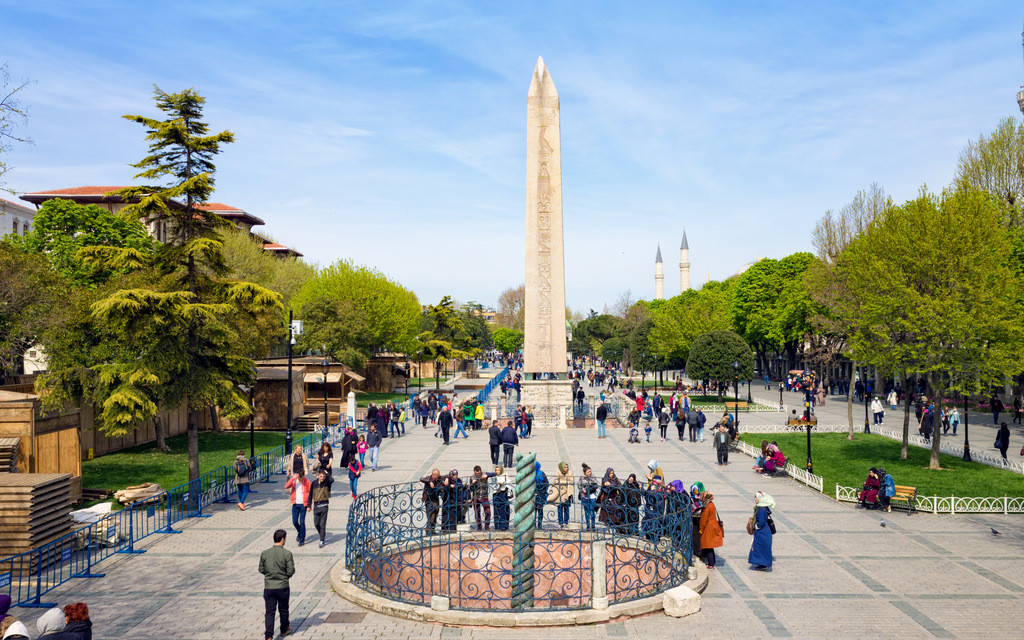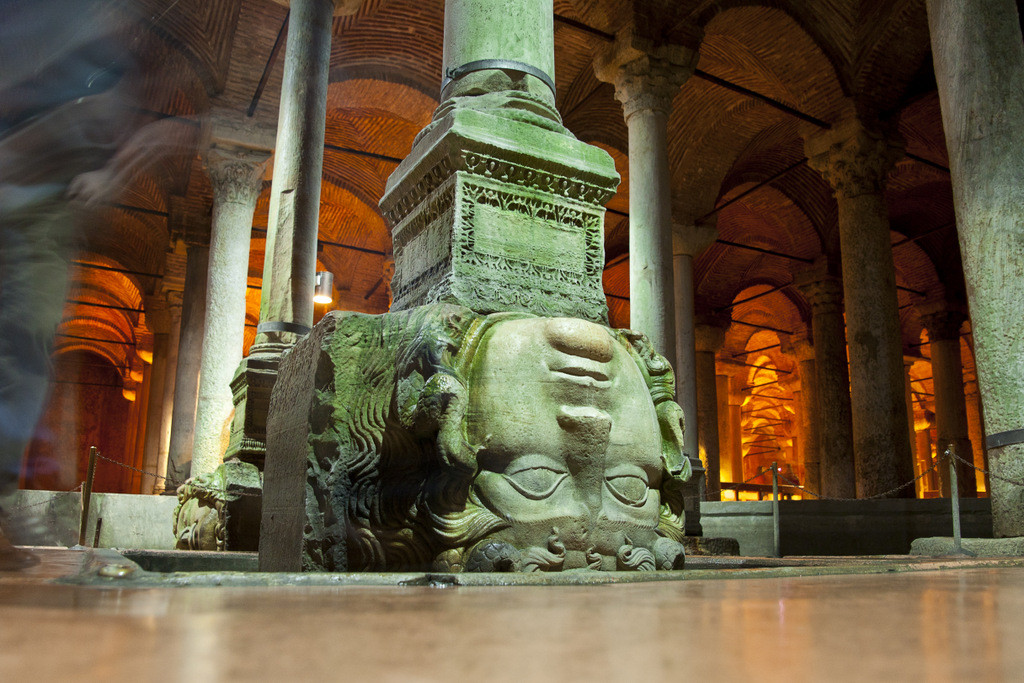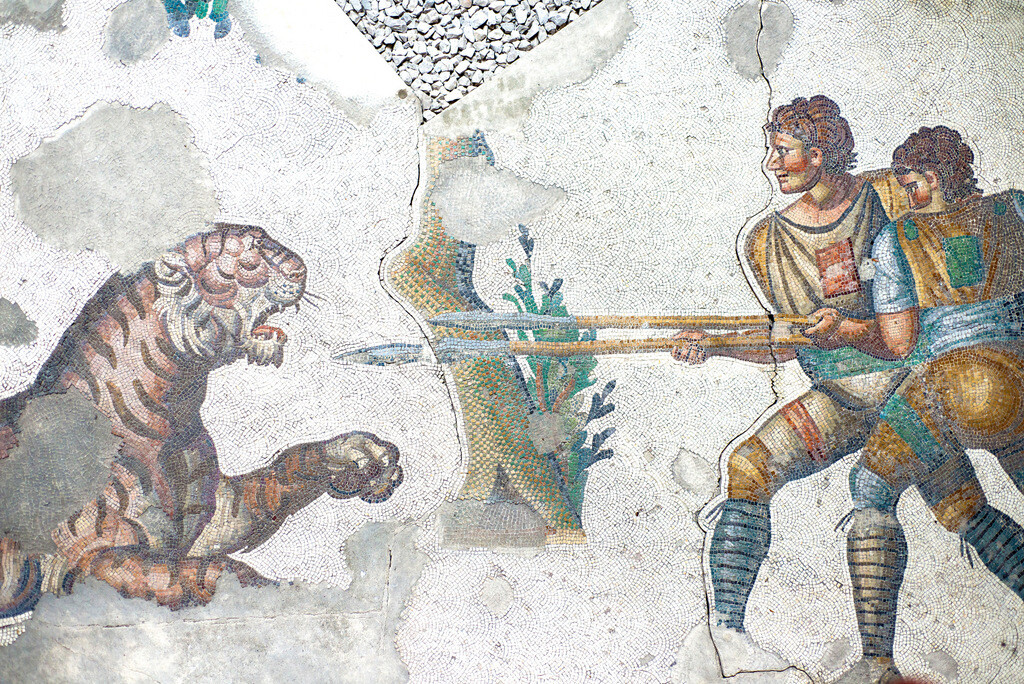Hello, I am Serhat Engul. I have been a licensed tour guide based in Istanbul for nearly 20 years. If you are reading this article, you have probably asked me about the details of the Byzantine Istanbul tour that I offer in Istanbul.
Since 2019, I have been organizing half-day or full-day tours introducing Byzantine history in Istanbul. The programs of these tours may vary depending on the current status of these Byzantine buildings, which are now mosques or museums.
For example, in 2020, Hagia Sophia and Kariye Museum (former Chora Church) were turned back into mosques again. For this reason, I have temporarily suspended my full-day Byzantine tours for the last few years.
I am currently giving tours focusing on Byzantine monuments in Sultanahmet. Of course, this tour does not include some key structures such as the Theodosian Walls and the Chora Church, but it still gives enough insight into the Byzantine history of Istanbul.
I have shared detailed information about this tour in the lines below. However, if you want to book your private guided Byzantine Istanbul tour directly instead of reading this long article, you can contact me by filling out the form on this page.
Table of Contents
Highlights of the Byzantine Istanbul Tour
My tour of Byzantine Istanbul in 2023 included places such as the Hippodrome, Basilica Cistern, Great Palace Mosaics Museum, Little Hagia Sophia Mosque (Church of Saints Sergius and Bacchus) and Hagia Irene Church.
This tour program was designed to continue the fluent narrative of the tour by staying away from the large crowds in the center of the Old City. For this reason, I removed Hagia Sophia, where there were endless queues at the entrance after it became a mosque.
The tour itinerary consisting of these five Byzantine buildings allows me to convey the history of Constantinople between the 4th and 15th centuries in a reasonable time. For this reason, I will continue with this program in my Byzantine tours in Istanbul in 2024.
1. Hippodrome of Constantinople

As history buffs know well, the Hippodrome of Constantinople was the city’s center of activity during the Byzantine period. There were chariot races here where blues and greens competed fiercely.
Some of the most important events in Constantinople’s history, such as the Nika Revolt, took place here. For this reason, there are many stories to be told about the Hippodrome.
The Hippodrome is the highlight of my Byzantine history tours in Istanbul. With the narratives I present here, I am trying to create a timeline in your mind about Byzantium, which existed between the 4th century and the 15th century.
2. Basilica Cistern

In order to reach the Basilica Cistern, we go underground through dozens of steps, and when we lose contact with daylight, we feel like we have entered a time tunnel.
The cistern, illuminated with red and green lights after the latest restoration, is a water reservoir decorated with 336 ancient columns. This Roman structure, which Istanbulites call the “Sunken Palace”, is truly as beautiful as a palace.
The cistern, which has been the scene of many Hollywood movies, gives me the chance to tell wonderful stories about Byzantine history in Istanbul. Additionally, the Medusa Heads deep within the cistern promise you an unforgettable experience.
3. Great Palace Mosaics Museum

The Great Palace was one of the first buildings built when Istanbul was declared the new capital of the Roman Empire under the name Constantinople (4th century).
Built by Constantine the Great, the palace became the main residence of Byzantine emperors between the 4th and 11th centuries. The Great Palace, a legendary building during the Middle Ages, was a set of structures that spread over a huge area.
The floor mosaics that remain today from this Byzantine palace are exhibited in the Great Palace Mosaics Museum. By visiting this place, we understand how Emperor Constantine founded Constantinople.
It should also be noted that the Mosaic Museum went under renovation in July 2023 and I am replacing it with the Cistern of Philoxenos these days.
4. Little Hagia Sophia

Although the Little Hagia Sophia Mosque was renamed by the Ottomans due to its similarity to the original Hagia Sophia, it is essentially a Byzantine structure called the Church of Saints Sergius and Bacchus.
Built in the 5th century by the famous Byzantine ruler Emperor Justinian (and his wife Theodora), this church has existed in Istanbul for 15 centuries.
It has always surprised me that while thousands of people were queuing in front of Hagia Sophia, Little Hagia Sophia, built in the same period and by the same emperor, was empty.
However, thanks to the tranquility of this old Byzantine structure, I can tell you my long story about how Emperor Justinian became the most powerful ruler of Byzantium in a peaceful environment.
5. Hagia Irene Church

Hagia Irene Church, with its magnificent history, is the last stop of our Byzantine tour. This building, which is essentially the first church of Istanbul, is identified with many important emperors of Byzantine history as it has been rebuilt many times.
Perhaps the most interesting among these must be the Iconoclast emperors who ruled in the 8th century. The church was rebuilt during this period when mosaics were banned and was decorated with great simplicity.
Half-Day Byzantine Istanbul Tour
These five Byzantine structures, each of which we briefly mentioned above, also constitute the stops of my half-day Byzantine Istanbul tour. We start this tour at 09:30 in the morning and finish it in approximately 4 hours.
This private guided tour starts with our meeting at the Sultanahmet Tram Stop and ends at the Hagia Irene Church in the first courtyard of Topkapi Palace, at the end of a 4-hour walking tour.
Other Byzantine Buildings in Istanbul
In the upper lines, I introduced the half-day tour that I have offered to many guests in recent years. However, I will update this program again when the renovations of some of the Byzantine buildings in Istanbul are completed.
Among these, I wanted to list five Byzantine structures that I intend to add to the tour program in the coming years. With these buildings, I may be doing a full-day tour of Byzantine Istanbul again in the future.
1. Valens Aqueduct

Valens Aqueduct is a magnificent Roman structure rising right in the middle of the Historical Peninsula (formerly Constantinople).
Byzantine cisterns were filled with water by this aqueduct, which carried water to the city from hundreds of kilometers away.
2. Monastery of Pantokrator

The Monastery of Pantokrator was the third largest church in Constantinople. This Byzantine structure, built by the emperors of the Komnenos dynasty, was also the burial place of late emperors.
This magnificent structure, consisting of the combination of three separate churches, is today known as Zeyrek Mosque. The building was recently restored and is a unique Byzantine monument rising on a hill overlooking the Golden Horn.
3. Church of St Theodosia

The Church of St Theodosia was dedicated to an iconophile religious woman who was killed during the Byzantine iconoclasm. This 11th-century building is definitely among the hidden gems in Istanbul.
Some stops of my Byzantine tours intersect with another guided tour I offer, the Fener and Balat tour. You can find details about this unique tour covering Istanbul’s off the beaten path in this related article.
4. Chora Church

Chora Church (now Kariye Mosque) has such a magnificent series of Byzantine mosaics that it overshadows even Hagia Sophia, the most important Byzantine structure in Istanbul.
Chora Church served as the “Kariye Museum” for nearly 90 years, but was turned back into a mosque in 2020. You can find the latest news about this building, which is currently under renovation, in this article here.
5. Palace of the Porphyrogenitus

Unfortunately, none of the Byzantine buildings in Istanbul such as the Great Palace, Palace of Blachernae and Boukoleon Palace have survived to the present day. However, the Palace of the Porphyrogenitus near the Golden Horn shore currently serves as a museum.
During my full-day Byzantine Istanbul tours before the pandemic, I was visiting this museum after the Chora Church. This building, known locally as Tekfur Palace, is located in the Ayvansaray district, which is very close to the Theodosian Walls.
Conclusion
So far, I have met with people who are interested in Byzantine history from many parts of the world, especially the USA,UK, Canada and Australia. Sometimes I have witnessed people from far corners of the world sharing the same passion as me.
There is information about my references on the about page of this site, but if you wish, you can also read reviews about me on TripAdvisor. Although some of these comments are about other tours, a significant part of them are feedback about my Byzantine history tours.
If you would like to explore Istanbul between the 4th and 15th centuries with me, you can contact me by filling out the form on the contact page. As a licensed tour guide based in Istanbul, I am ready to share with you what I know about the history of Byzantium.
Written by Serhat Engul
Hello, how much would be the Istanbul Byzantine tour for two people? Thank you?
Dear Francesca Rose, thank you for your interest in the Byzantine history tour. I am sending a reply to your email address registered in the system regarding availability and price information.